The Top 5 Benefits of Pressure Washing Your Home
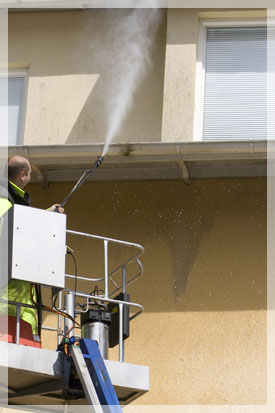 You notice dirt has accumulated on the siding, roof, and sidewalk. So, you think to yourself, “I can clean it, but it’ll take some time and skill.” Yet, when you go to attempt the project, you find it far more difficult than predicted: You notice mildew, and that dirty film just won’t budge in some places.
You notice dirt has accumulated on the siding, roof, and sidewalk. So, you think to yourself, “I can clean it, but it’ll take some time and skill.” Yet, when you go to attempt the project, you find it far more difficult than predicted: You notice mildew, and that dirty film just won’t budge in some places.
Now’s the time to give pressure washing a chance. The process, of applying a steady, fast stream directly to your home’s surface, offers several important benefits:
Getting Extra Clean
Scrub all you want, as hard as you want. When it comes to sheer power, pressure washing has you unmatched.
This results in effective loosening and washing away of dirt, mildew, and other debris embedded in your home’s exterior. Too, the heavy-duty process is strong enough to remove mold from siding and shingles, eliminating a major health concern in the process.
Increases Value
Believe it or not, washing away all that dirt, and doing it thoroughly, is said to increase your home’s value when you put it on the market. Just how much more? Some experts say a good cleaning warrants an additional $10,000 to $15,000.
Decreases the Cost of Exterior Repairs
A sufficient cleaning benefits your home’s lifespan. Short term, removing the dirt cuts down on rot, decay, and premature aging, thus eliminating the need for repairs. Long term, you get more use out of your siding and driveway.
As well, completing pressure washing ends up being friendlier on your wallet. The process, overall, costs less than making any of the above repairs.
Improve Curb Appeal
The cleaner the house, the better it is to look at. Pressure washing once a year revitalizes your home’s exterior appearance, and further brightens up any driveway, sidewalk, deck, and porches surrounding.
Additionally, you or a professional will be able to access roofs and gutters. Essentially, the full property becomes thoroughly clean.
Environmentally Friendly
M. Brett and other pressure washing companies take an environmentally-friendly approach, as harsh chemicals aren’t used.
If your home has started to assume a dingy, dated look, pressure washing may be needed. For those in Southern New England, contact M. Brett Painting for more information.

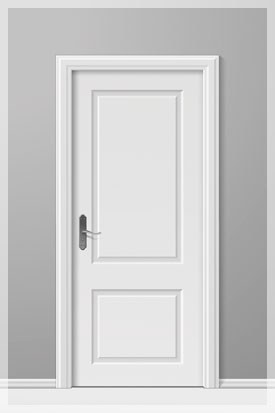 Sometimes, the paint job looks manageable on your own. You think you can do it, but later find the paint appears splotchy, cracks start to form, or the door ends up sticking to the frame.
Sometimes, the paint job looks manageable on your own. You think you can do it, but later find the paint appears splotchy, cracks start to form, or the door ends up sticking to the frame.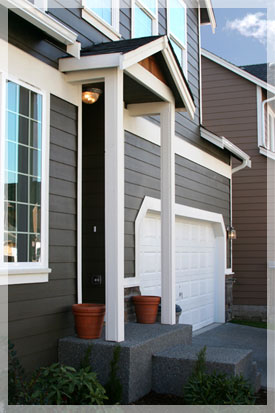 On average, your house should be painted every 15 years. Of course, location plays a part; in certain regions, expect to add a coat every five to 10. Yet, when it’s only lasting one to three years, something’s wrong.
On average, your house should be painted every 15 years. Of course, location plays a part; in certain regions, expect to add a coat every five to 10. Yet, when it’s only lasting one to three years, something’s wrong. Looking to transform the look of a room at a minimal cost? Decorative painting does the trick. Forget about new materials being installed. Instead, a professional house painter like M. Brett’s team employs a combination of the following:
Looking to transform the look of a room at a minimal cost? Decorative painting does the trick. Forget about new materials being installed. Instead, a professional house painter like M. Brett’s team employs a combination of the following: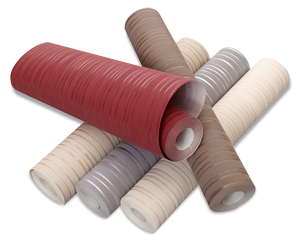 Expanded Vinyl: A design is printed onto a paper backing and the treated with a vinyl or PVC topcoat. Most wallpaper falls within this type, as the material is easy to install and wash, and resists grease and moisture better.
Expanded Vinyl: A design is printed onto a paper backing and the treated with a vinyl or PVC topcoat. Most wallpaper falls within this type, as the material is easy to install and wash, and resists grease and moisture better.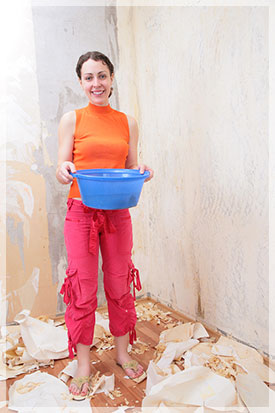
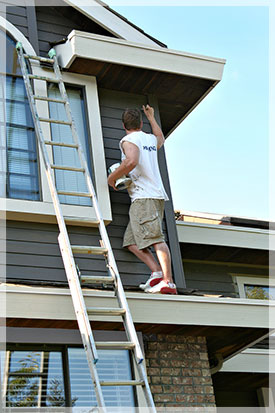 So, before you deal with structural issues, look out for the following signs:
So, before you deal with structural issues, look out for the following signs: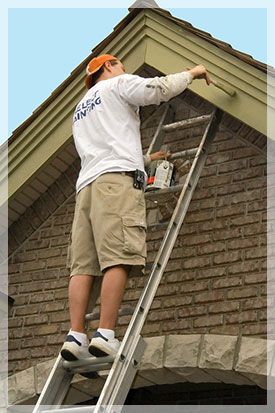 When a homeowner requests
When a homeowner requests